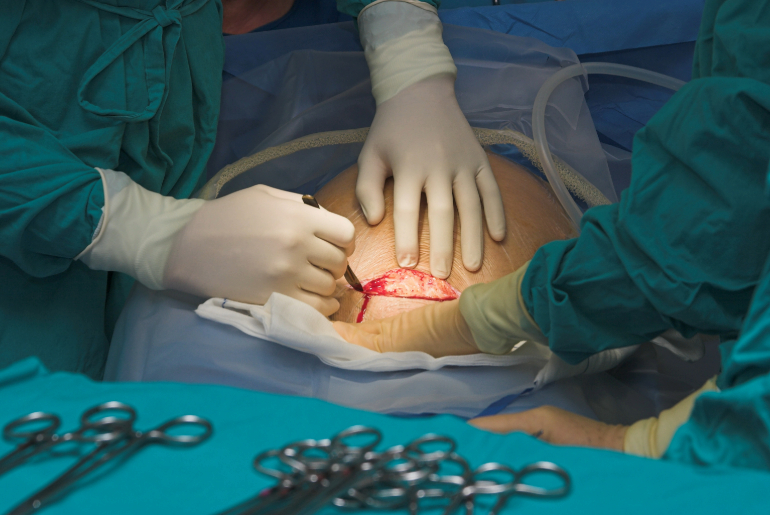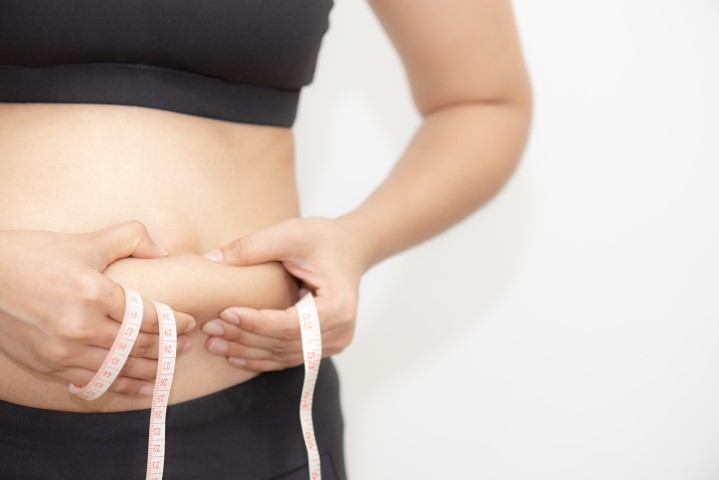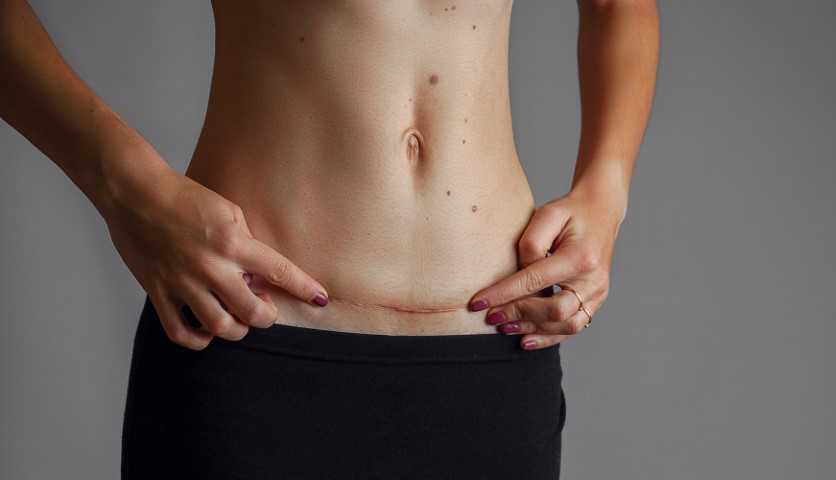Introduction
The most special moment of life for a woman and the loved ones, is when a new life is brought into the world. Giving birth to a child is sacred and bringing a healthy child in the world holds utmost importance, ensuring safety to the mother’s health as well. Maternal health needs to be taken care of during pregnancy and pre and post childbirth. Despite medical advancements and progress, death of women during and following pregnancy and/or childbirth is at a strikingly high rate with approx. 28700 deaths reported in 2020. Healthcare professionals have an active and responsible role in ensuring a safe and healthy delivery experience for the mother and child.
The decision to deliver a child through vaginal delivery or caesarean section depends on various factors that a healthcare professional has to consider in the best interest of the mother and the offspring. Though, generally vaginal delivery is considered safe, advisable, and preferred option for delivery, many a times conditions might not warranty a safe delivery. In such an event, a caesarean section becomes necessary.
Continue reading this blog to know more about the factors that determine and contribute in deciding caesarean section as the best option for child delivery.
What Is a Caesarean Section (C-Section)?
C-Section is a surgical procedure for a delivery of a child through an incision in the mother’s abdomen and uterus. Unlike vaginal delivery, one can plan and schedule a surgery. The incision made could be either vertical (the incision is from the belly bottom to the pubic hairline) or horizontal (the incision is across the pubic hairline).
Factors Determining the Need for Surgical procedure
C-Section could be either a medical need to avoid any risks and complications to the mother and child, or elective and scheduled as a preferred choice. The healthcare professional may decide to have a C-Section in the following conditions.
- Stalled labour- Delay in labour, also called prolonged labour, is when the mother is unable to progress with the delivery once gone into labour, either during the first phase or the second. The condition could be either the cervix (a canal connecting the uterus and the vagina) that starts to open but does not open fully or when the baby does not move down the canal, even after the cervix is opened.
- Fetal distress- When the baby does not get enough oxygen, that may result in the heart rate slowing down below the healthy fetal heart rate.
- Abnormal fetal positioning- Head-down or head-first toward the canal is the ideal condition for a normal delivery. However, at times the babies may have a breech (feet towards the canal) or transverse (shoulder or side first towards the canal) position.
- Cord prolapses- When the umbilical cord slips through the cervix and into the vagina before the baby enters the birth canal. This creates pressure on the cord depriving the baby of blood flow, that may result into an emergency situation requiring a C-section to save the life of the baby.
- Health issues- Health issues of the baby at the time of birth, like congenital heart diseases, or excess fluid in the brain require a caesarean to avoid risk to the baby. Similarly, any issue with maternal health as gestational diabetes, high blood pressure, heart diseases require a C-section surgery.
- Multiple babies- The need for C-section arises in cases of multiple babies, there are more chances of prolonged labour, abnormal positioning of the fetal or one or more large babies.
- Placenta issues- Placenta (a structure that develops in the uterus that enables the exchange of oxygen and nutrients between the mother and the fetus). At times the placenta may cover the part or whole of the birth canal (placenta previa) or it may prematurely get detached from the uterus before childbirth. In either case, caesarean delivery becomes necessary.
- Previous C-Section- Previous caesarean is one of the reasons, the mother may not be able to have a normal delivery the second time. However, this does not necessarily mean that one has to go through C-section surgery. A normal delivery may be possible if the health of the mother shows low-delivery risks.
Conclusion
Before planning a C-section, one must consult the doctor and stay informed about the why and what to expect during the procedure. Any queries and concerns regarding the procedure must be asked to ensure that they are addressed satisfactorily. All the myths surrounding the need for C-section surgery be removed through awareness about pregnancy and related matters.
A surgical procedure might be a need in certain circumstances for a safe childbirth. However, like any surgical procedure its carries risks, that need to be taken into consideration, especially while opting for it as a preferred choice. Future pregnancies and maternal health often get affected due to C-Sections; hence the decision should be a well thought out decision. Stay informed and be aware of all the issues concerning a safe and healthy pregnancy and childbirth experience.
References
Cesarean Section | Johns Hopkins Medicine
https://www.health.harvard.edu/womens-health/ask-the-doctors-what-determines-whether-a-woman-needs-a-cesarean-section
Maternal health (who.int)
https://www.bbc.com/news/health-38223502





Comments are closed.